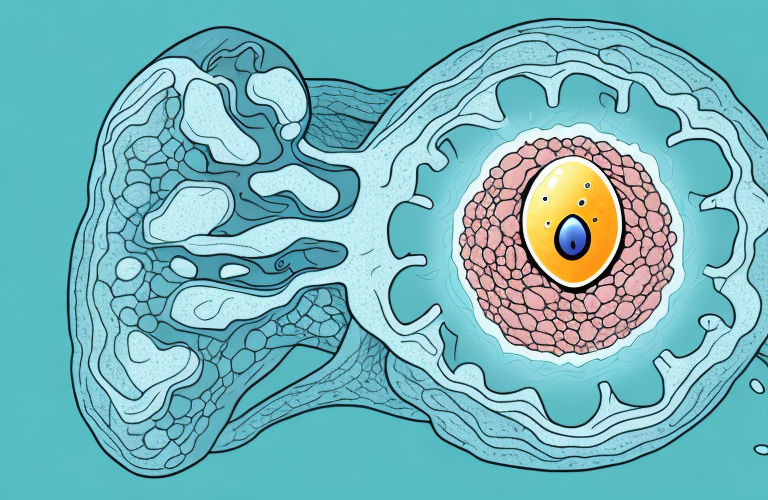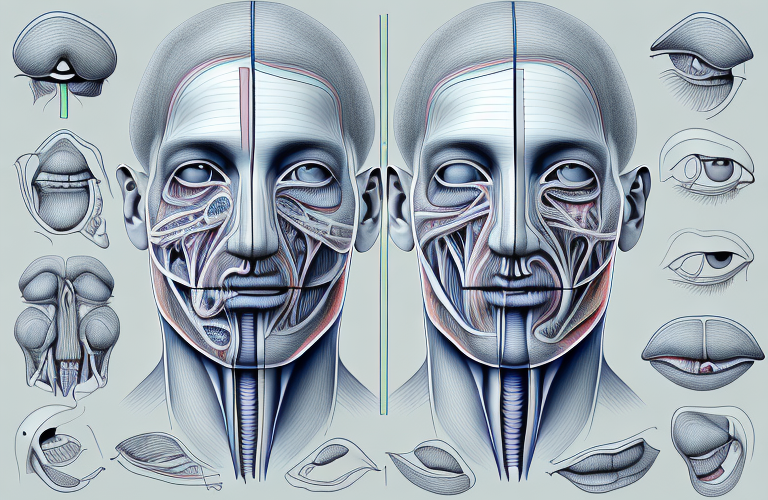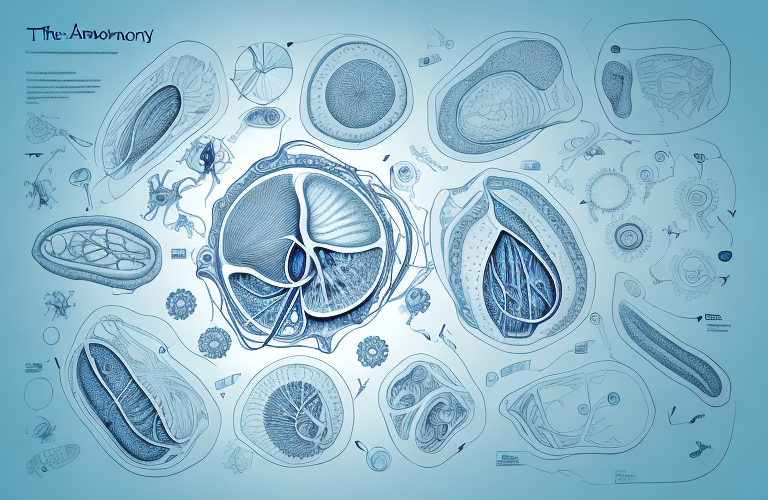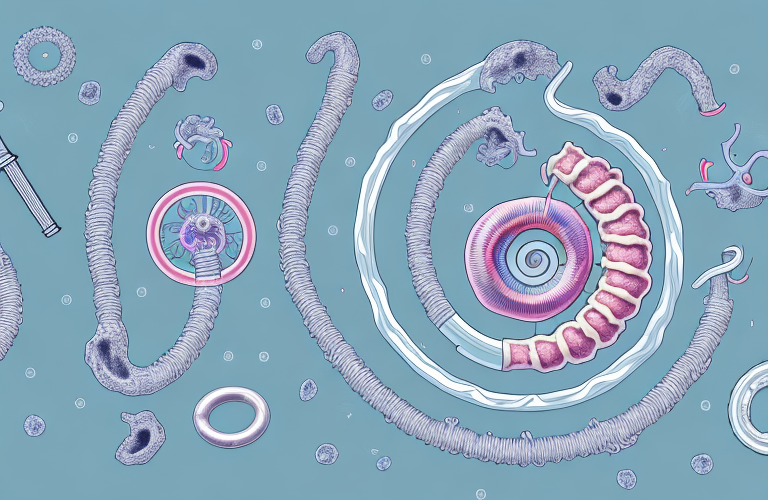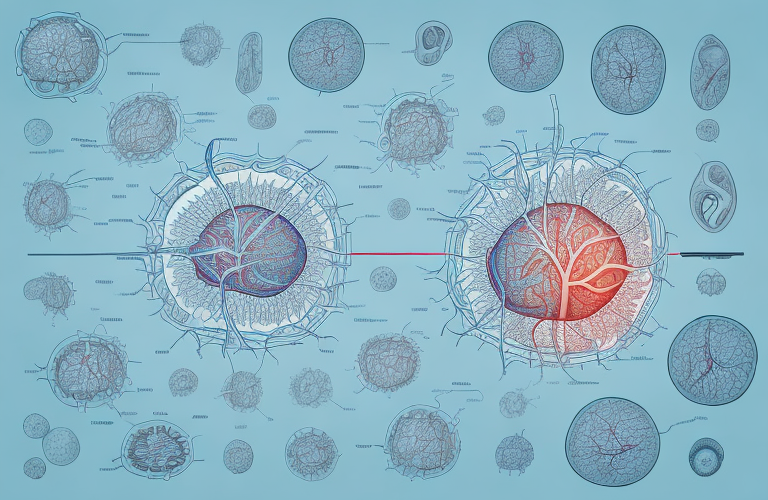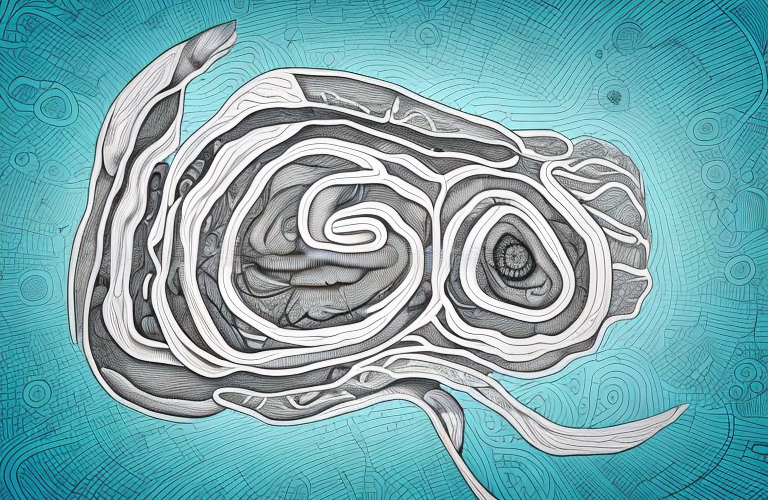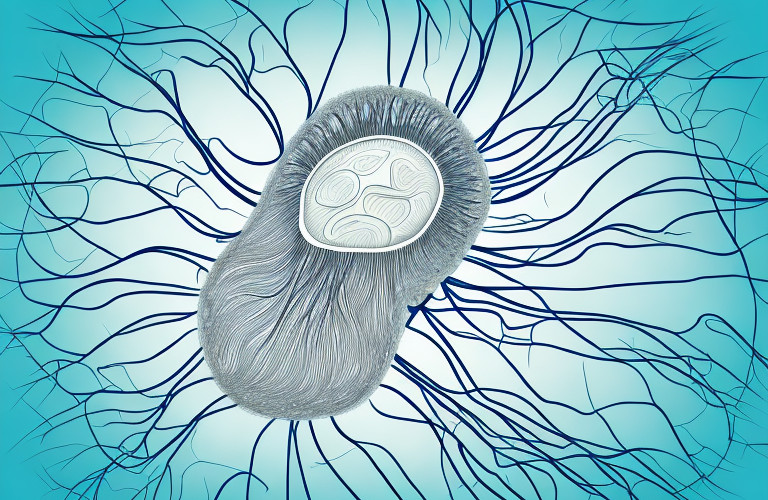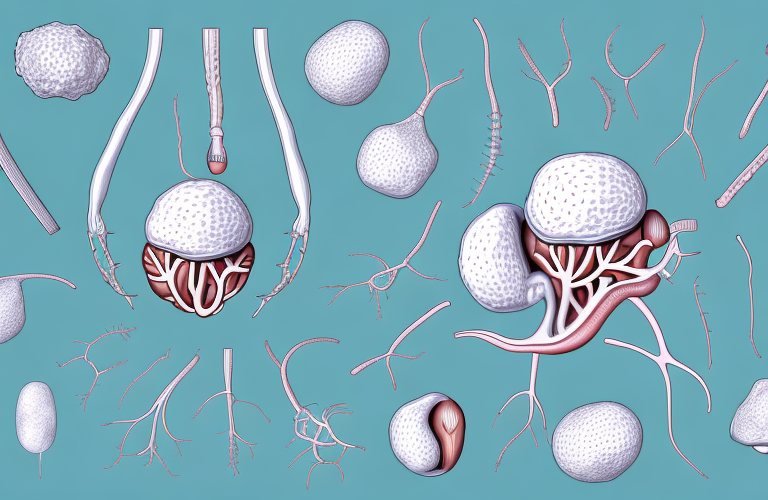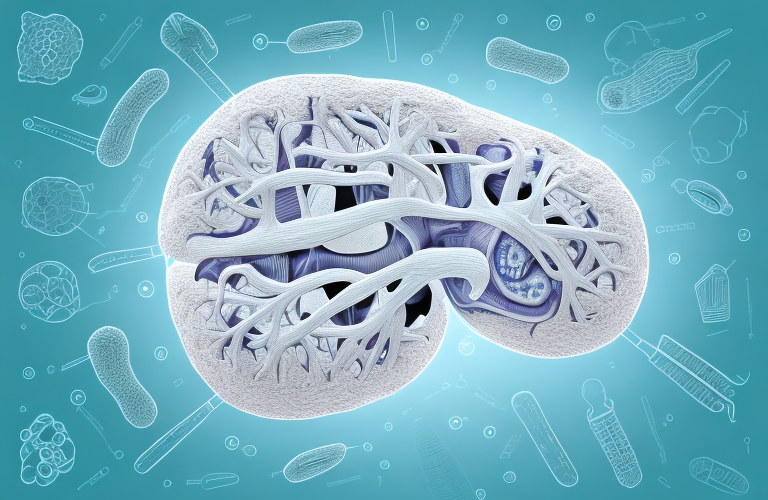
Penis: Function, Anatomy And More
The penis is a vital male organ that serves a crucial role in reproduction. As such, it is essential to understand its anatomy, function, and common problems. This article delves into the nitty-gritty details of the penis, providing comprehensive coverage of its various aspects. So sit tight, grab a cup of coffee and let's explore the fascinating world of the penis.The Anatomy of the Penis: Understanding the Male GenitaliaTo understand the penis fully, it is essential to start with its anatomy. The penis has three parts: the root, shaft, and the glans. The root of the penis extends deep into…

